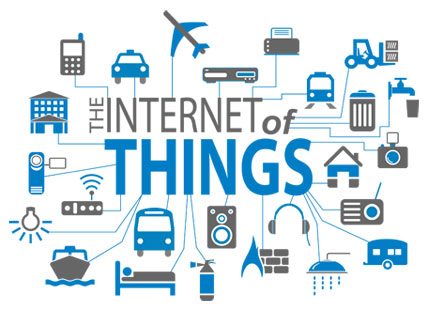 Last month, I did a post entitled “There’s a lot happening on the FPGA front.” As a shop that does an extensive amount of work with FPGAs, we’re always interested to hear talk about even more stuff happening. So of course, I noticed a recent article by Tim Saxe, “Embedded programmability finds sweet spot in IoT,” on EE Times, which discusses the role that eFPGAs (embedded FPGAs) are playing with respect to embedded programming in IoT devices.
Last month, I did a post entitled “There’s a lot happening on the FPGA front.” As a shop that does an extensive amount of work with FPGAs, we’re always interested to hear talk about even more stuff happening. So of course, I noticed a recent article by Tim Saxe, “Embedded programmability finds sweet spot in IoT,” on EE Times, which discusses the role that eFPGAs (embedded FPGAs) are playing with respect to embedded programming in IoT devices.
Tim’s article addresses the age-old trade-offs that developers have been faced with when it comes to cost, flexibility, and power consumption. The main thing he comes away with is that, for the IoT, FPGAs are the way to go.
Here’s how he gets there:
On the cost side, FPGAs are getting cheaper. (This was one of the issues covered in our recent post.) This is a good thing, given that the IoT market continues to be dominated by consumer application and is, thus, very price sensitive. IoT devices are also power-consumption sensitive. No one wants to be perpetually changing or charging batteries. But it’s the growing need for flexibility that’s pushing the IoT world towards FPGAs. Until the relatively recent proliferation of IoT devices, the products that were driving the semi-conductor industry were smartphones, tablets and other devices that are pretty standardized. But IoT devices are anything but standard. They’re all over the map:
The emergence of the IoT as the next wave of growth for consumer electronics comes with a demand for higher device flexibility, as these applications are much more fragmented and difficult to predict….[This market] with its associated fragmented application space and low cost and power requirements — has engendered a need for highly flexible devices that have a low per-unit cost and consume little power.
Embedded processors could do the trick for SoCs, since they provide flexibility by having “the highly desirable attribute of being software programmable.” On the downside, they consume a lot or power “as much as five to ten times the power of hardware-based solutions when these are possible.”
The logical solution is embedded FPGA (eFPGA) technology. The cost of programmable logic transistors and gates has fallen to the point whereby they can be added to an SoC without a noticeable increase in die size…Having hardware programmability allows SoC developers to address a broad range of IoT application needs without having to create separate devices for each one. It also allows designs to tackle problems that previously required a processor (or a larger processor) while reducing power and potentially even increasing performance. Emerging and/or rapidly evolving market requirements can easily be addressed, thereby eliminating the need to predict the functionality requirements for a device that can only be economically iterated every few years.
At Critical Link, we’re focused primarily on work in the scientific, industrial, defense, and other non-consumer spheres, which tend to demand a high degree of flexibility. But the issues of power consumption and cost always pertain. So it was interesting to read Tim Saxe’s riff on eFPGA’s “coming of age.”
The source for the image used here is Cal Poly.
